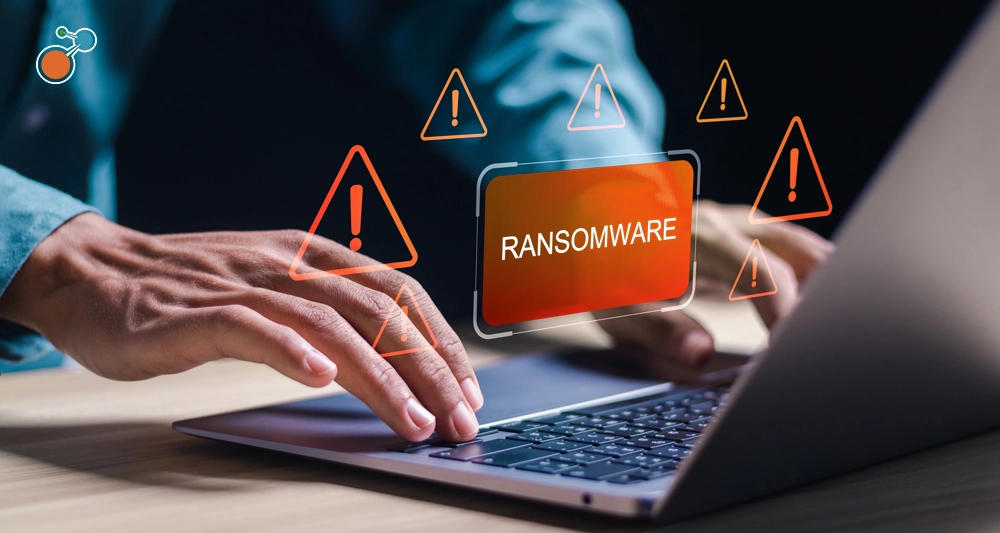In today’s media-driven, socially connected world, it’s difficult for companies to hide any mistakes at all—let alone major foibles like instances of bribery and corruption. Yet, such instances are all too common—and damaging—for a whole host of reasons.
As such, more companies are doubling down on their anti-bribery and corruption efforts, according to the Kroll and Ethisphere Anti-Bribery and Corruption Benchmarking Report 2018. Companies are hoping to go beyond merely avoiding headlines for wrongdoing, and instead, take the spotlight for being ethical and good corporate citizens. It’s no easy task, though.
Still, companies can more easily solidify their anti-bribery and corruption programs by deploying technology they might already be using for other purposes like risk or compliance management—helping them to overcome the many obstacles involved with maintaining such programs, while also reaping their benefits.
The ROI of being ethical, and what’s holding companies back
Avoiding corruption obviously staves off serious reputational and legal risks for your business, as well as the costs associated with those risks. But promoting your commitment to ethical and transparent practices—while avoiding any missteps—can actually be a revenue generator.
Read, “Why Brand and Risk Management Go Hand in Hand.”
According to the Kroll and Ethisphere report, “the publicly traded companies among Ethisphere’s 2018 World’s Most Ethical CompaniesⓇ (Honorees) outperformed U.S. Large Cap Indices by 4.88 percent over the last three years, demonstrating that ethics and performance are well suited.”
However, plenty of barriers exist to maintaining a blemish-free anti-bribery and corruption program. Respondents to the Kroll and Ethisphere survey indicated the top risks to their anti- bribery and corruption programs in 2018 include:
- Third-party violations (35%)
- Complex global regulatory landscape (18%)
- Lack of resources or proper controls (11%)
- Risks related to joint venture or M&A activity (8%)
- Lack of appropriate cyber security or data protection measures (8%)
- Employees making improper payments (7%)
- Lack of sufficient automation or monitoring tools (7%)
- Lack of support for the compliance program from internal leadership (5%)
- Other (1%)
These challenges can make it exceedingly difficult to maintain a consistent position of integrity, even when anti-bribery and corruption programs are a top priority for businesses. That’s because so much effort must go into addressing each one of these challenges—particularly managing third parties.
Why third-parties are a major area of concern
Managing anti-bribery and corruption programs when you work with third-party vendors can be especially difficult because organizations not only must worry about their internal programs and policies, but their vendors’ ethical practices as well.
Read, “Manage Your Reputation While Still Managing Vendors From Around the World.”
Considering 45 percent of survey respondents said they work with at least 1,000 third parties per year, that’s a lot of I’s to dot and T’s to cross when it comes to making sure everyone is operating with integrity. In fact, 58 percent of companies said after conducting due diligence on occasion, they had at least once identified legal, ethical or compliance issues with a third party.
Read, “Are Your Vendors Putting You At Risk?”
Companies reported they discovered such instances via the following methods:
- Ongoing monitoring (50%)
- Ad hoc due diligence (34%)
- Third-party disclosure (31%)
- Audit of a third party (28%)
- Regulatory enforcement (20%)
This means not only do companies have to build anti-bribery and corruption programs that take into account everything from third parties and regulatory issues to cyber security and mergers and acquisition risks, they must also come up with methods to ensure related policies and procedures are being followed. And while it may sound daunting, the right risk management technology can help.
How risk management technology can help anti-bribery and corruption programs succeed
When it comes to third-party anti-bribery and corruption challenges, in particular, the right risk management technology can:
- Simplify the vendor risk assessment process: More easily collect any relevant information about vendors through an online portal, where all data can be submitted and reviewed in one place—making it easier to identify key supply chain or vendor risks.
- Automate vendor-specific communications or alerts: Receive automatic notifications if vendors might be impacted by an adverse event or if they are the subject of a controversial occurrence, allowing for early intervention to head off any potential disruptions to their business or yours.
- Aggregate risk data from across the organization: Gather vendor data in the same place as all other risk data to help support the necessary audit process, and make it more effective and efficient.
But, third-party risks aside, the right risk management technology can also help with several other factors impeding anti-bribery and corruption programs, like today’s complex global regulatory landscape; a lack of appropriate cyber security or data protection measures; and a lack of sufficient automation or monitoring tools.
As such, developing, implementing and maintaining an effective and resilient anti-bribery and corruption program can actually be seamless. Plus, if you’ve already invested in the right risk management technology or are considering such an investment, you need not go in search of a one-off solution that can help with your ethics initiatives.
In conclusion, one of the best ways to protect your organization from reputational, legal and financial damage is to focus on anti-bribery and corruption efforts, according to the Kroll and Ethisphere report. Schedule a free demo to see how Riskonnect can help your business with its risk management, compliance and vendor management programs, and so much more—thereby helping your anti-bribery and corruption programs succeed.





